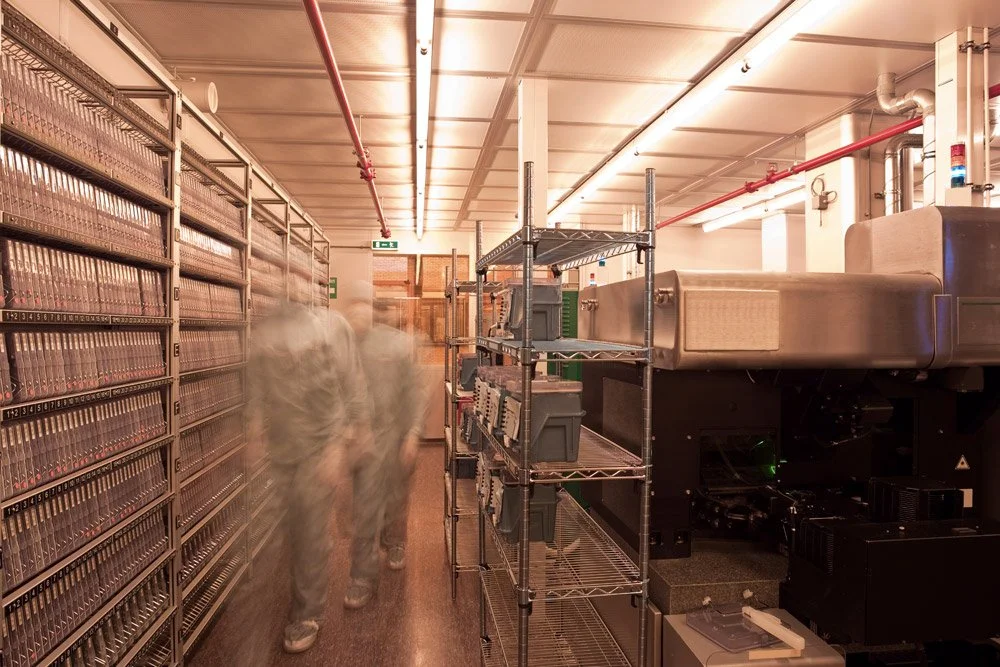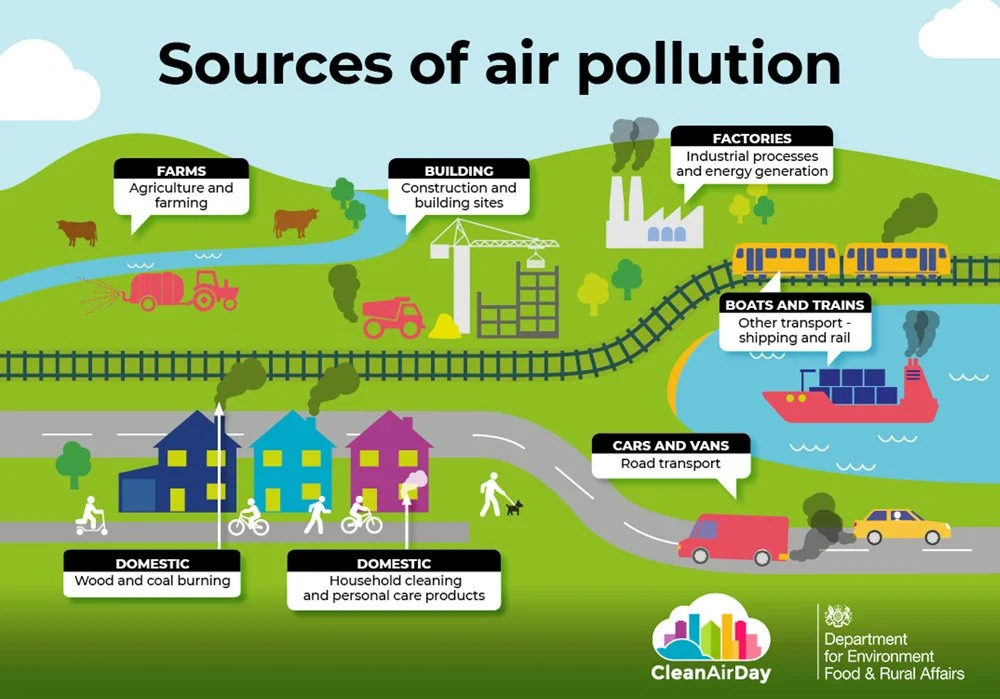Indoor Air Quality
Indoor air quality (IAQ) refers to the air quality within and around buildings. Indoor air quality is important in maintaining the health and wellbeing of occupants of an indoor environment. Poor air quality can cause respiratory issues, coughing, fatigue, headaches, allergic reactions as well as an increased risk of some cancers from exposure to contaminants.
Improved indoor air quality can lead to an improvement in health and productivity within a workplace.
We investigate the cause of the poor air quality by undertaking a structured air quality audit. After consultation, a testing plan will be created and could include the following tests:
Air conditioning/ventilation assessment
Temperature and humidity
Carbon monoxide
Carbon dioxide
Black carbon
Volatile organic compounds (VOCs)
Formaldehyde
Dust/ultrafine particulate
Recognising that every workplace is unique, we offer tailored monitoring packages to address your specific needs. Whether it’s concerns about the ventilation system’s effectiveness relative to humidity, microbial contaminants, or chemical exposure, our experts design customised monitoring package solutions for a healthier indoor environment.
We ensure precise measurements and reliable results by using advanced data loggers, anemometers, and air sampling devices. Our plain-language reports provide clear and complete insights into monitoring results, comparing them with relevant guidelines and standards to facilitate informed decision-making.
Sources of air pollution
How to keep your home free from indoor air pollution
How to keep your home free from indoor air pollution


